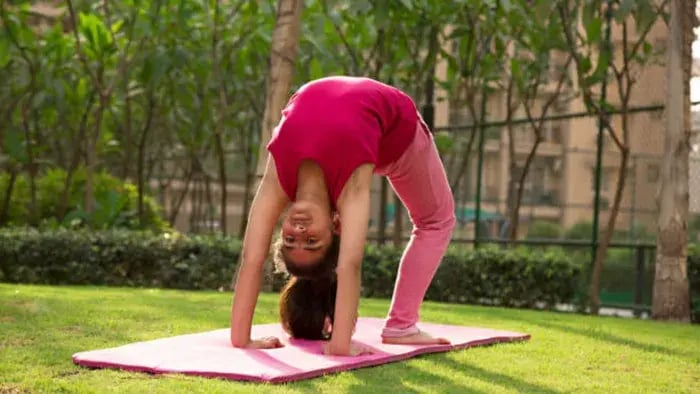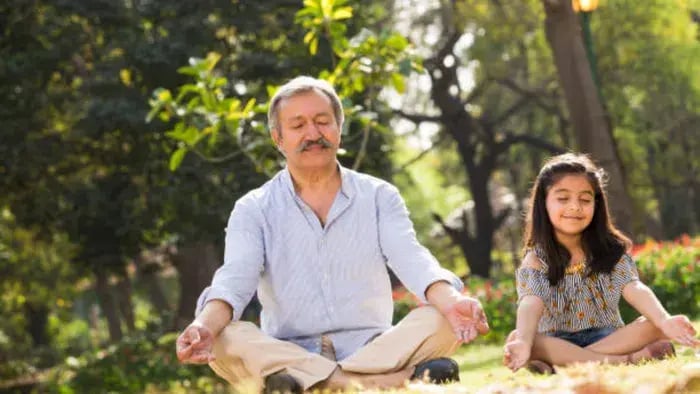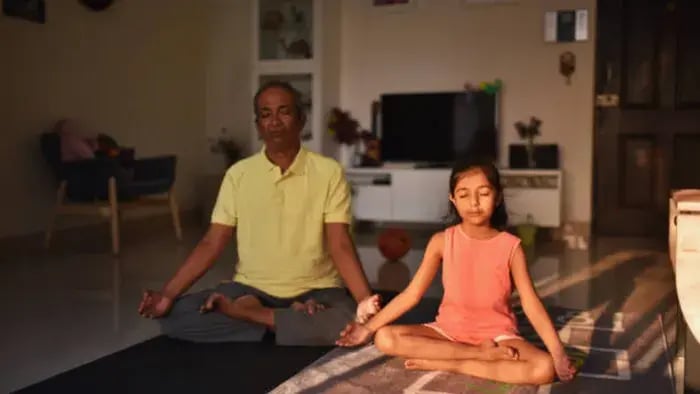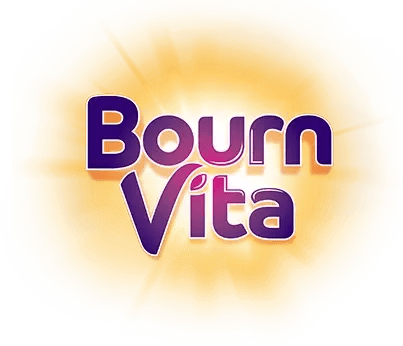- Legs Up the Wall (Viparita Karani)
- Child’s Pose (Balasana)
- Cat-Cow Pose (Marjaryasana-Bitilasana)
- Supine Twist (Supta Matsyendrasana)
- Butterfly Pose (Baddha Konasana)
- Standing Forward Bend (Uttanasana)
- Corpse Pose (Shavasana)
Introduction

Good sleep is one of the most important things for a teenager’s overall health. But with schoolwork, screen time, and changing hormones, many teens find it hard to fall asleep or wake up feeling rested. A tired body can affect mood, memory, focus, and even physical growth. That’s where yoga can make a real difference, especially when done before bed.
Yoga is more than just stretching, and it is a gentle way to calm the mind, relax the body, and prepare for a peaceful night. Certain poses slow down the breathing, ease tight muscles, and signal to the brain that it’s time to rest. Even a 10-15 minute routine in the evening can improve sleep quality and help teens feel more refreshed the next day.
These bedtime yoga poses are simple, soothing and can be done in the quiet corner of a room, no special equipment needed. They support relaxation, reduce stress, and give the mind a break from the day’s noise.
7 Yoga Poses to Help Teens Sleep Better

A good night’s sleep is crucial for teens to stay focused, calm, and energized during the day. But with busy school schedules, long screen time and emotional ups and downs, sleep doesn’t always come easily.
Legs Up the Wall (Viparita Karani)
This super-relaxing pose involves lying on your back and placing your legs against a wall, forming an L-shape. According to a study published in J Interprof Educ Pract. 2022, it improves circulation, reduces swelling in the feet and legs, and helps with mild lower back pain. Teens who sit for long hours at school or use gadgets will love this pose. It also slows down the heart rate and encourages deep breathing. Hold for 5-10 minutes before bed, and your body and mind will be relaxed and ready for sleep.
Child’s Pose (Balasana)
Child’s Pose is a gentle forward bend that stretches the back, hips and shoulders. By folding the torso over the legs and resting the forehead on the floor or a cushion, teens can feel safe and calm. As per the National Journal of Physiology, Pharmacy and Pharmacology, it is perfect for when they feel anxious, overwhelmed, or overstimulated. The pose encourages deep belly breathing, which tells the body to relax. Hold for a few minutes in a quiet space, and your teen will unwind and release the stress of the day.
Cat-Cow Pose (Marjaryasana-Bitilasana)
This pose involves arching (cow) and rounding (cat) the back while on hands and knees. As per a study published in, J Exerc Rehabil. 2022, it is a gentle flow that massages the spine, improves posture, and relaxes tight muscles after a day of sitting or physical activity. The rhythmic movement is soothing and allows your teen to connect breath with motion, promoting mental clarity and calm. Do 5-10 rounds at a slow pace and release physical tension and transition the body into a more relaxed state.
Supine Twist (Supta Matsyendrasana)
Lying on your back and gently twisting the spine by bringing one knee across the body creates a calming stretch through the back and hips. Research done by Rheumatol Int. 2024, suggests that this pose not only improves spinal flexibility but also supports digestion, which can impact sleep quality if meals are late or heavy. It’s a deeply grounding pose that helps release stored tension in the body and clear mental clutter. Hold each side for 1-2 minutes, practicing deep breathing, and allow for emotional release and calm.
Butterfly Pose (Baddha Konasana)
In this seated pose, the soles of the feet are pressed together and the knees gently fall to the sides, forming a butterfly shape. It’s a gentle stretch to the hips and inner thighs where many teens unknowingly hold stress. Sitting tall in this position and breathing deeply promotes stillness, patience, and a sense of relaxation. As per a study published in, International Journal of Health Sciences and Research, it is excellent for reducing anxiety and is often used in calming yoga flows. You can pair this with a forward bend for an even deeper release, helping your teen feel lighter and more relaxed before bed.
Standing Forward Bend (Uttanasana)
This pose involves folding forward from the hips and letting the head and arms hang down, creating a gentle stretch in the back, hamstrings, and neck. The inversion aspect – where the head is below the heart – encourages blood flow to the brain and calms a racing mind. According to WHO Collaborating Centre for Traditional Medicine, it’s a great pose to relieve tension from long periods of standing or studying. Keep a slight bend in the knees to make it more accessible. Hold for 30 seconds to 1 minute, practicing slow breathing, and feel immediate relief.
Corpse Pose (Shavasana)
Corpse Pose is the ultimate relaxation pose. Your teen lies flat on their back, arms by their sides, palms up, eyes closed. It may look simple, but this pose teaches full body awareness and complete surrender. According to a study published in Biopsychosoc Med. 2009, it processes the benefits of the other poses and allows the nervous system to fully settle. Do Shavasana for 5-10 minutes with soft music or in silence, and the brain will get the message that it’s time to wind down and drift off to sleep.
Conclusion

Including these soothing yoga poses in your teen’s bedtime routine can create a peaceful wind-down ritual that improves sleep quality, emotional balance, and overall well-being. Over time, this simple practice can help your teen build healthier habits and enjoy deeper, more restful nights.
Her love for storytelling began with reading her grandfather’s speeches, where Tarishi saw the power of words in creating lasting memories. Combining her passions for food and writing, she has turned her life into a fulfilling path of sharing stories that celebrate flavours and how food brings communities together.
The views expressed are that of the expert alone.
The information provided in this content is for informational purposes only and should not be considered a substitute for professional medical advice, diagnosis, or treatment. Always seek the advice of your physician or another qualified healthcare provider before making any significant changes to your diet, exercise, or medication routines.
References
https://pmc.ncbi.nlm.nih.gov/articles/PMC2734564/
https://www.yogamdniy.nic.in/files/pdf/YogaAdolescents.pdf
https://www.ijhsr.org/IJHSR_Vol.14_Issue.4_April2024/IJHSR66.pdf
https://pmc.ncbi.nlm.nih.gov/articles/PMC11343886/
https://pmc.ncbi.nlm.nih.gov/articles/PMC9081409/
















